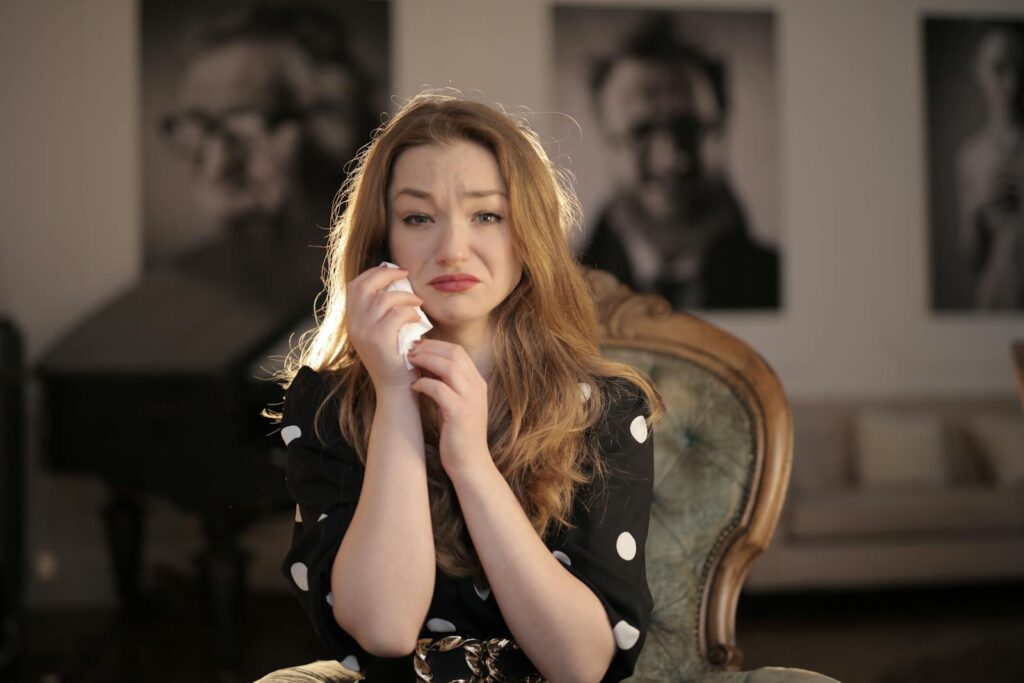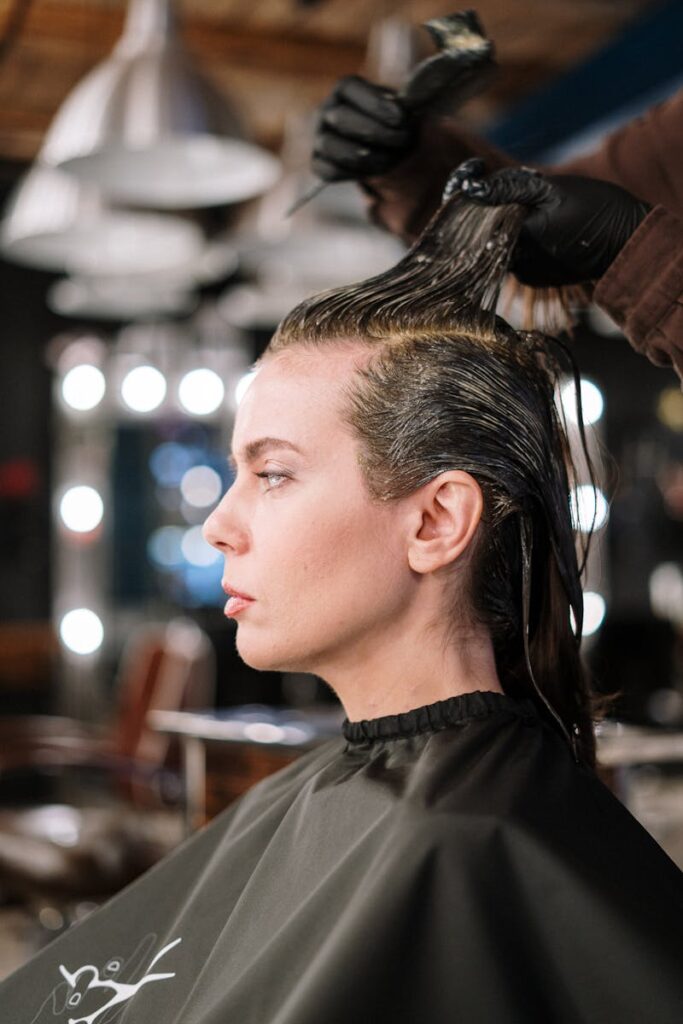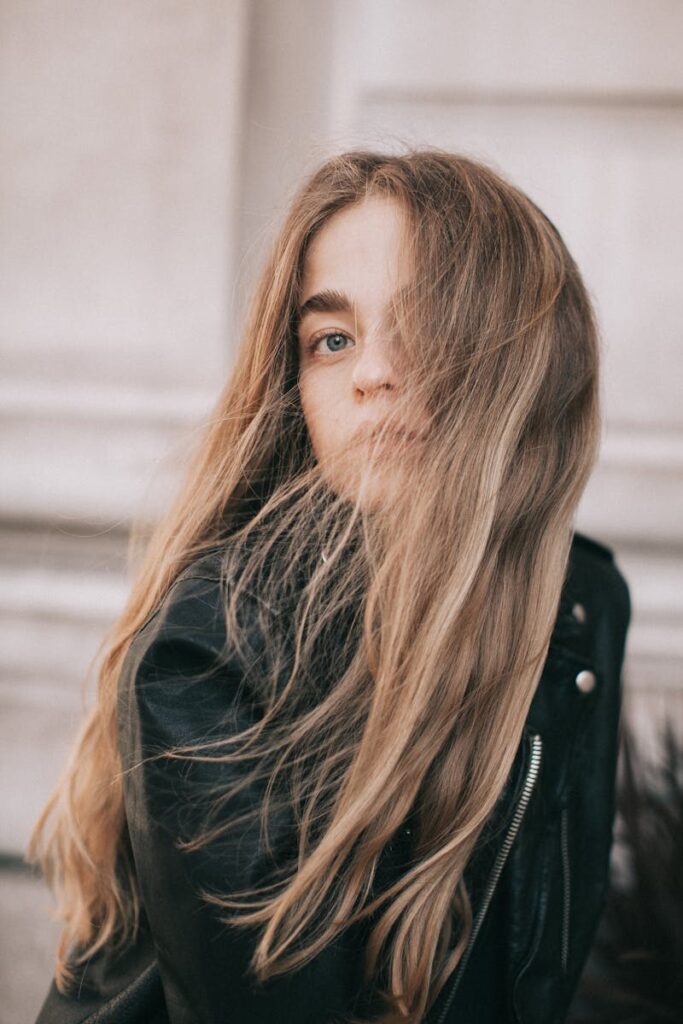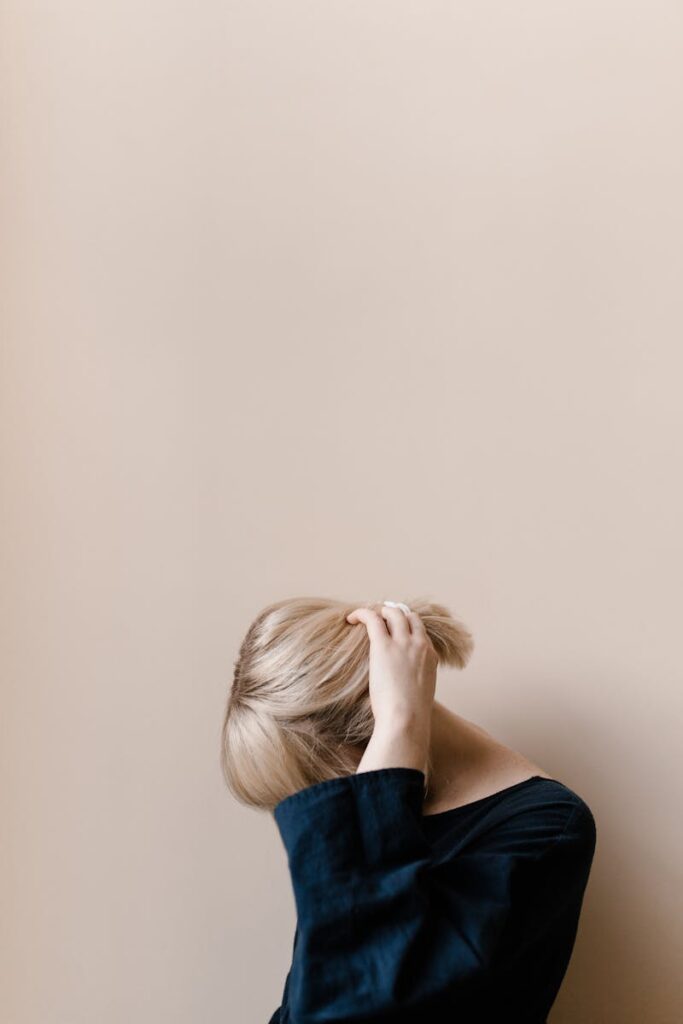
Thinning hair is a common concern that affects many individuals at various stages of life. While hair naturally thins as part of the aging process, certain factors can accelerate this change, leading to distress and a search for solutions. Understanding the root causes of thinning hair is crucial before diving into potential remedies or changes in hair care routines. Experts emphasize the importance of identifying these causes to tailor the most effective treatments and advice.
Genetics play a significant role in hair loss, with androgenetic alopecia, or pattern baldness, being a leading cause. This condition affects both men and women and results in a gradual reduction in hair density. The hair follicles shrink, eventually leading to a cessation in hair growth. For women, this often manifests as a widening part, while men might notice a receding hairline or bald spots. Recognizing these patterns early can be pivotal in managing expectations and exploring treatment avenues.

Beyond genetics, medical conditions and lifestyle factors can contribute to hair thinning. Stress-induced hair loss, known as telogen effluvium, is a temporary condition that occurs when the body undergoes physiological or psychological stress, prompting more hairs than usual to enter the shedding phase simultaneously. Events such as surgery, childbirth, or emotional upheaval can trigger this type of hair loss. The good news is that telogen effluvium is generally reversible, with hair regrowth occurring once the stressor is mitigated.
Nutrition also plays a vital role in hair health. A balanced diet rich in essential nutrients like proteins, vitamins, and minerals supports hair growth and maintenance. Hair is predominantly composed of keratin, a protein, which underscores the importance of adequate protein intake. Deficiencies in nutrients such as iron, vitamin D, and biotin have been linked to hair thinning, making diet an integral aspect of any hair care regimen.
Before considering hair color changes or other cosmetic interventions, it’s advisable to consult a healthcare professional or a trichologist. These specialists can provide a comprehensive assessment of the underlying causes of hair thinning and recommend appropriate treatments or lifestyle modifications. For instance, they may suggest topical applications of minoxidil, a proven treatment for promoting hair growth, or recommend stress-reduction techniques such as yoga or meditation.

Additionally, the use of gentle, hydrating hair care products can support scalp health and minimize further hair damage. Ingredients like argan oil and glycerin are praised for their moisturizing properties, helping maintain the integrity of the hair shaft and reducing breakage. Choosing the right shampoo and conditioner, free from harsh chemicals, is vital in protecting and enhancing the health of thinning hair.
Understanding the intricacies of thinning hair is the first step in managing it effectively. Equipped with knowledge about the causes and contributing factors, individuals can make informed decisions about their hair care routines and cosmetic choices. This foundation is essential before exploring the cosmetic implications of hair color choices, particularly when dealing with thinning hair.

Product on Amazon: L’Oreal Paris Superior Preference Fade-Defying + Shine Permanent Hair Color, 6AM Light Amber Brown, Pack of 1, Hair Dye
Brand: L’Oreal Paris
Price: 11.67 USD
Rating: 4.5 Total reviews: 50,547
Shopping on Amzon >>
When it comes to choosing hair colors for thinning hair, experts provide invaluable insights into what to avoid. While coloring can offer a temporary solution to the woes of hair thinning, certain shades can exacerbate the perception of sparse hair. Understanding why this happens can help individuals make informed choices that enhance their overall look without compromising hair health.
Dark hair colors, especially deep blacks and rich browns, are typically advised against by experts for those dealing with thinning hair. The reason is simple: dark colors create a stark contrast against the scalp, making any thinning more noticeable. When hair thins, the scalp becomes more visible, and darker shades can unintentionally spotlight this contrast, drawing unwanted attention to areas where hair is less dense. For those who naturally have darker hair, opting for a lighter shade can help soften this contrast, creating the illusion of fuller hair.

Product on Amazon: Clairol Bold & Bright Permanent Hair Dye, 71 Caramel Bronde Hair Color, Pack of 1
Brand: Clairol
Price: 11.56 USD
Rating: 4.3 Total reviews: 914
Shopping on Amzon >>
On the opposite end of the spectrum, extremely light shades like platinum blonde or very light pastels can also pose challenges. These colors often require bleaching, a process that can be damaging to hair, particularly when it is already fragile due to thinning. Bleaching strips the hair of its natural pigment and oils, often leading to breakage and further thinning. Additionally, very light colors can wash out the complexion, emphasizing thin hair instead of disguising it.
Experts often look towards the middle of the color spectrum as a safer zone for thinning hair. Warm blondes, soft browns, and subtle highlights can add dimension and depth, which are key in creating the appearance of thicker hair. By incorporating variations in tone, these shades add texture and fullness without causing the hair shaft to appear flat against the scalp. Highlights and lowlights can be strategically placed to reflect light in ways that enhance the volume.
Moreover, ammonia-free dyes are a preferred choice for those concerned about thinning hair. Ammonia can be harsh on the hair follicles, contributing further to hair weakness and thinning. Seeking formulations that are enriched with nourishing oils and vitamins can help maintain the hair’s health and promote shine and vitality.

Colorists and trichologists also recommend integrating a good hair care routine alongside any coloring treatment. This includes using gentle, hydrating shampoos and conditioners, and avoiding excessive heat styling. Products containing natural oils like argan or coconut can provide the much-needed moisture and protection for treated hair.
In addition to the choice of color, experts underline the importance of professional guidance when coloring thinning hair. A seasoned colorist will consider not only the current condition of your hair but also your personal style and maintenance preferences. They can offer bespoke advice on the best shades and techniques that align with your goals while minimizing harm to your hair.
While dyeing thinning hair requires careful consideration, embracing the right color can lead to a significant boost in confidence. It’s essential to remember that every head of hair is unique, and what works for one person might not be the best option for another. Consulting professionals can ensure that you make choices that enhance your hair’s appearance and overall health.
Navigating the world of hair color with thinning hair may seem daunting, but with expert advice and thoughtful decisions, it can be a rewarding journey. By selecting shades that enhance volume and using products that protect and nourish, you can achieve a look that you love, without compromising the integrity of your hair.
Related posts:
Best Shampoos and Products for Thinning Hair in 2025
Experiencing hair loss? Dermatologists and experts say these hair products actually work
12 Hairstyles That Make You Look Older



